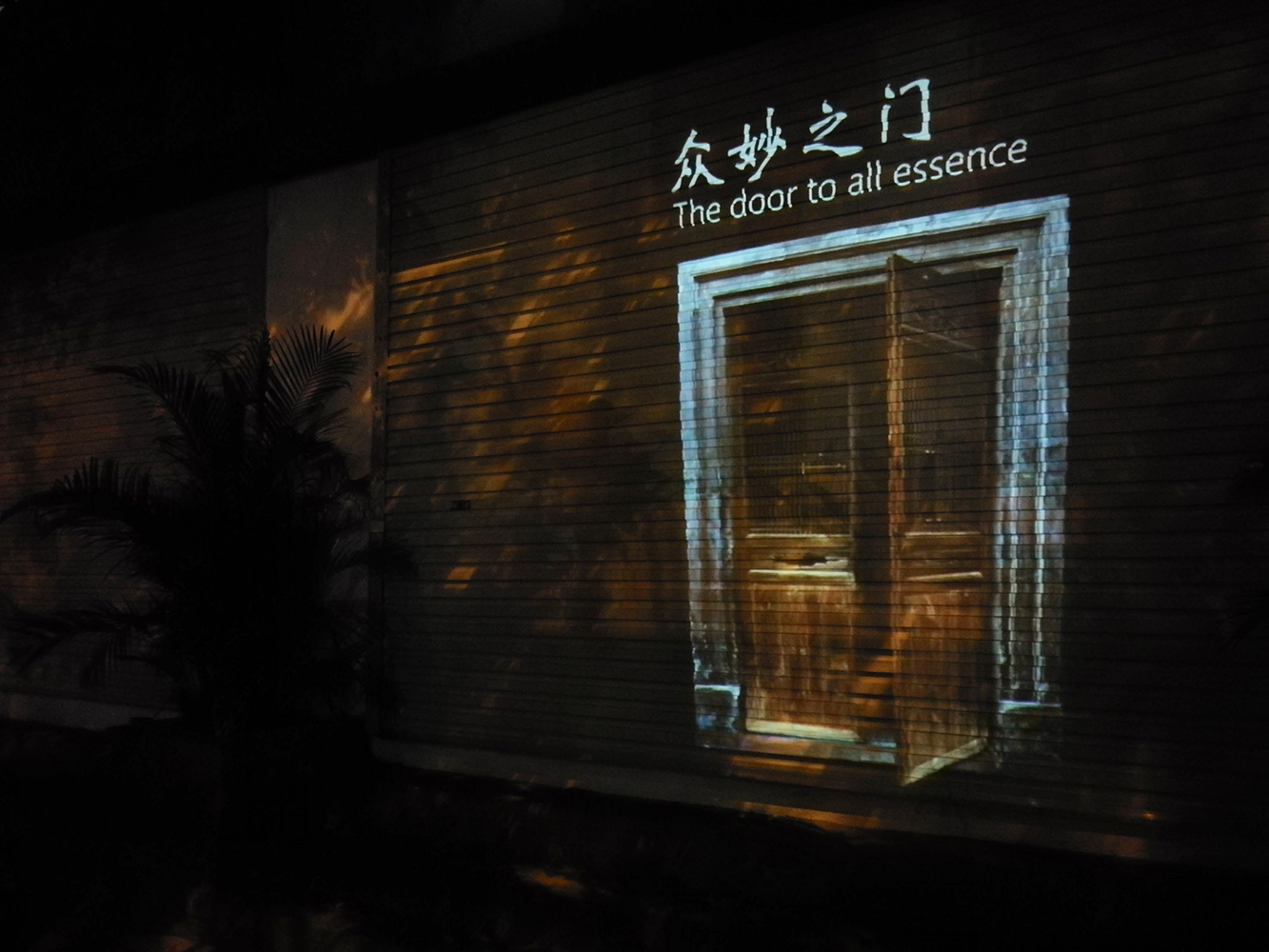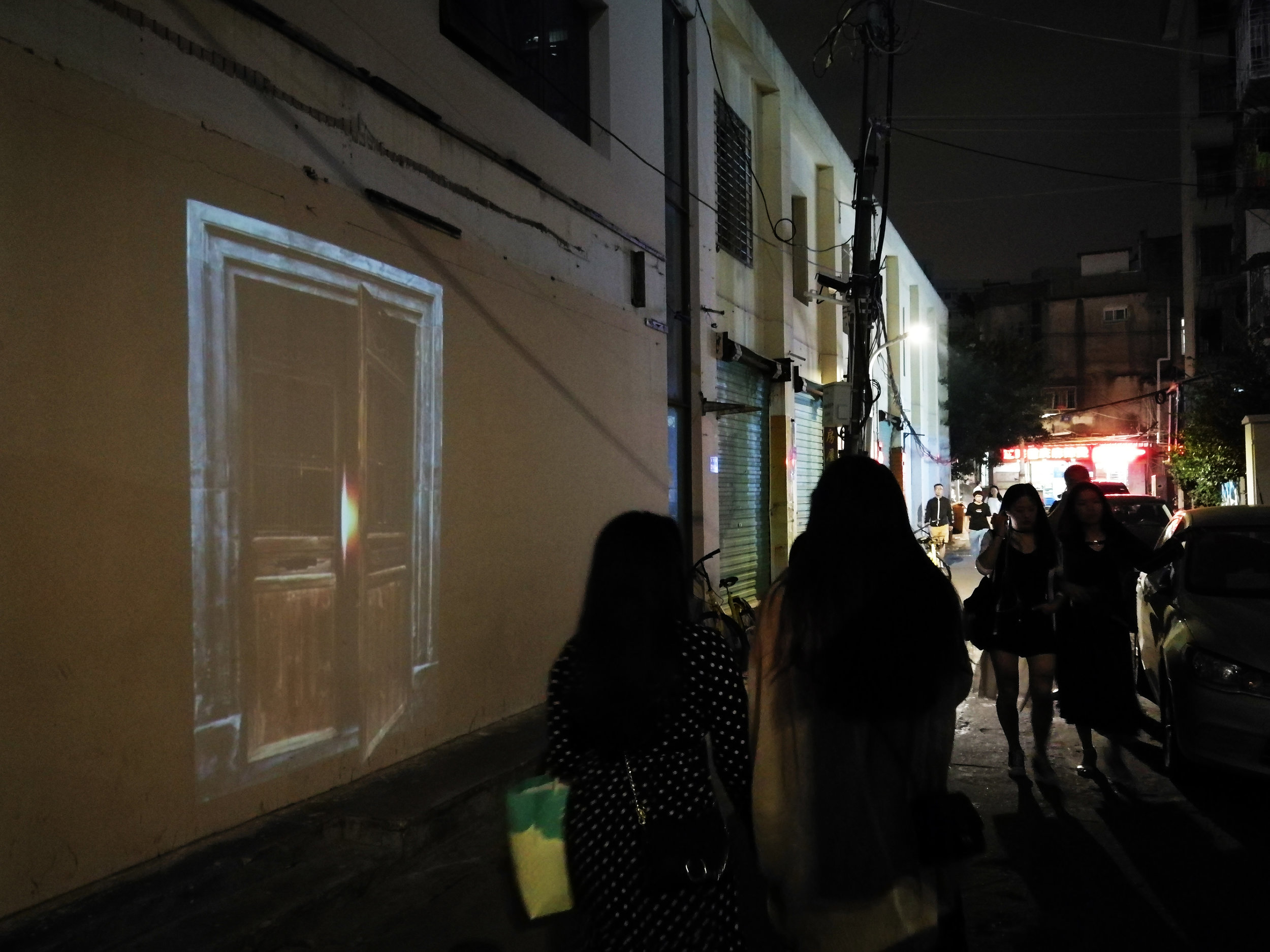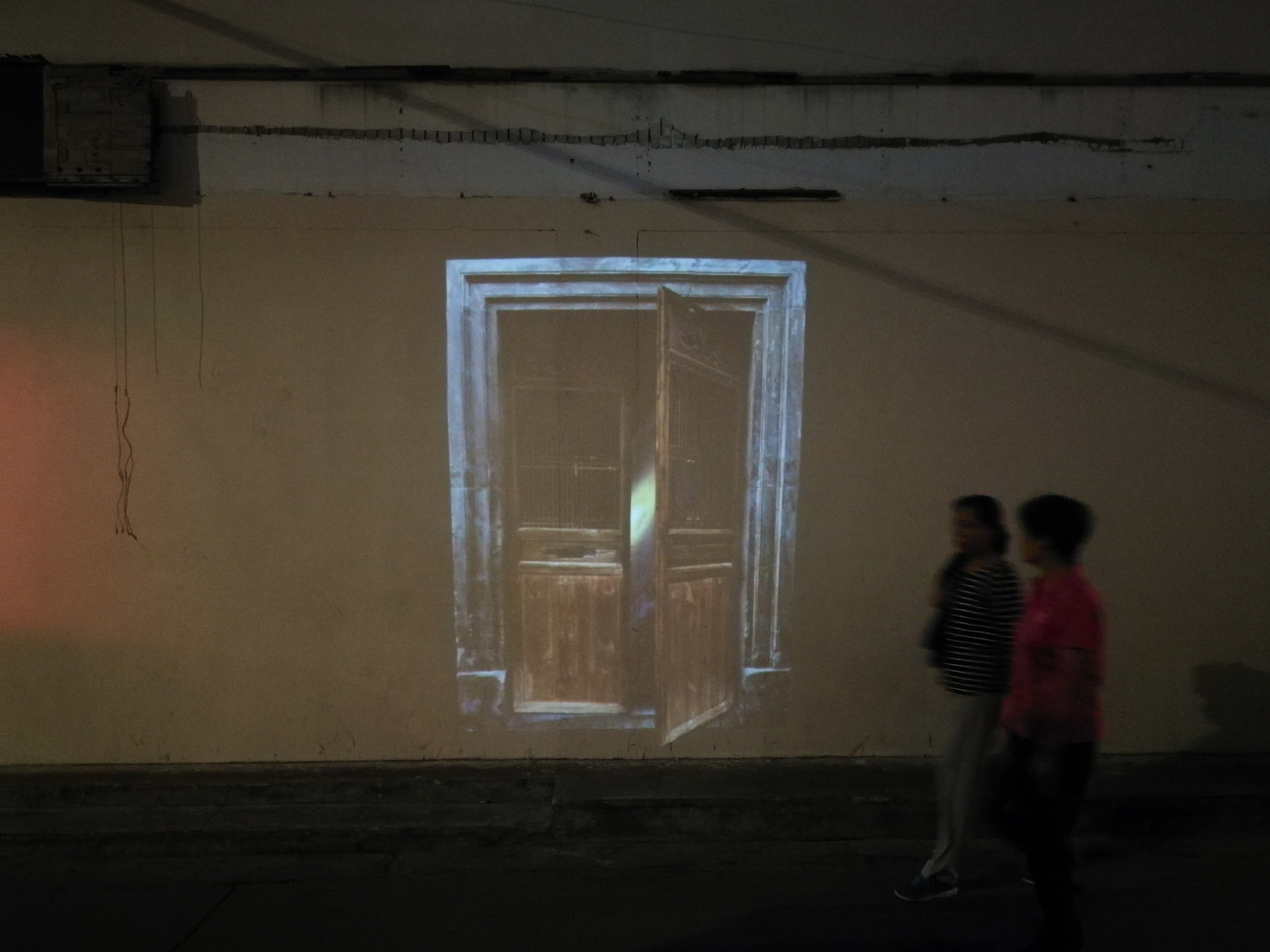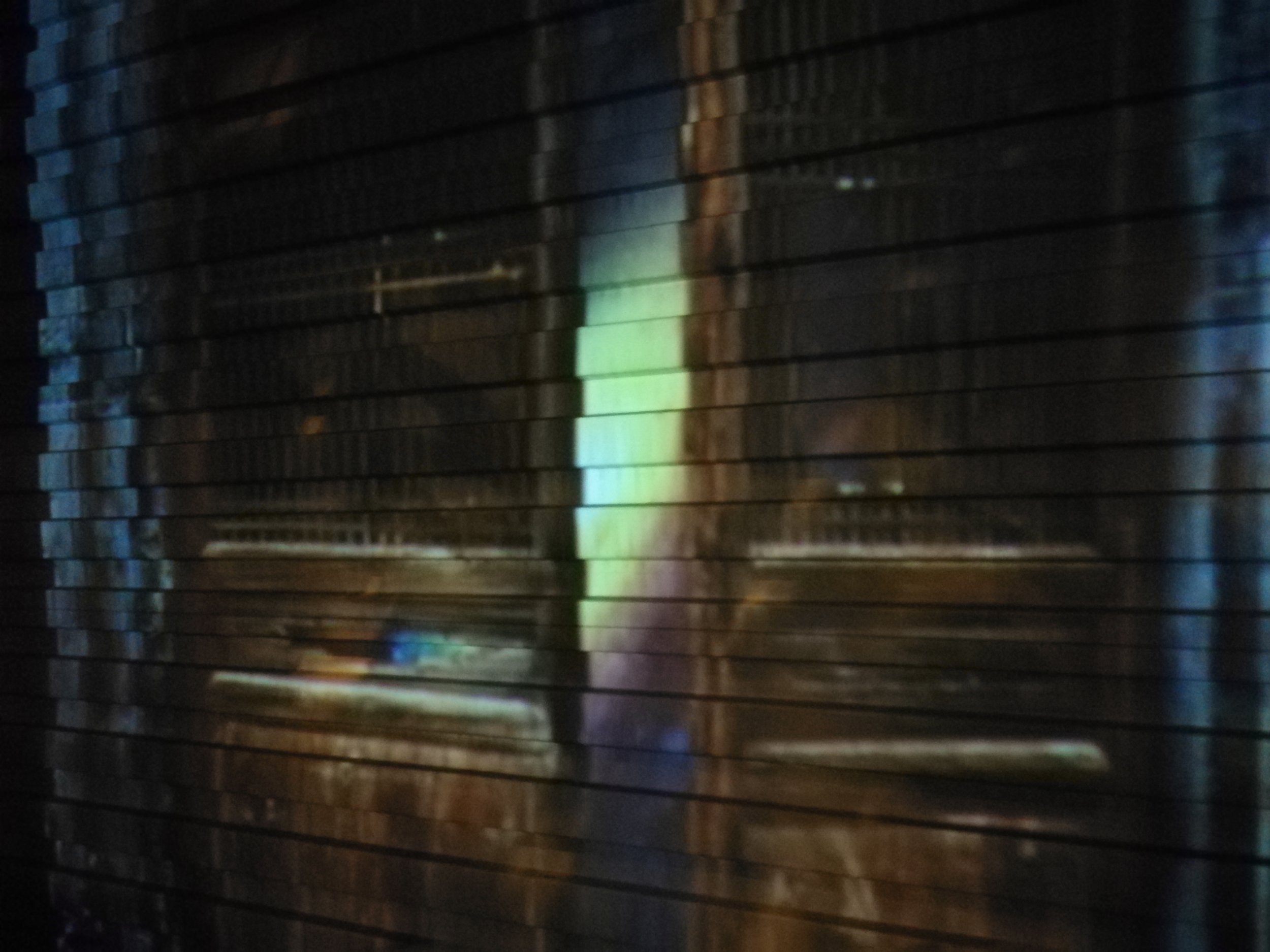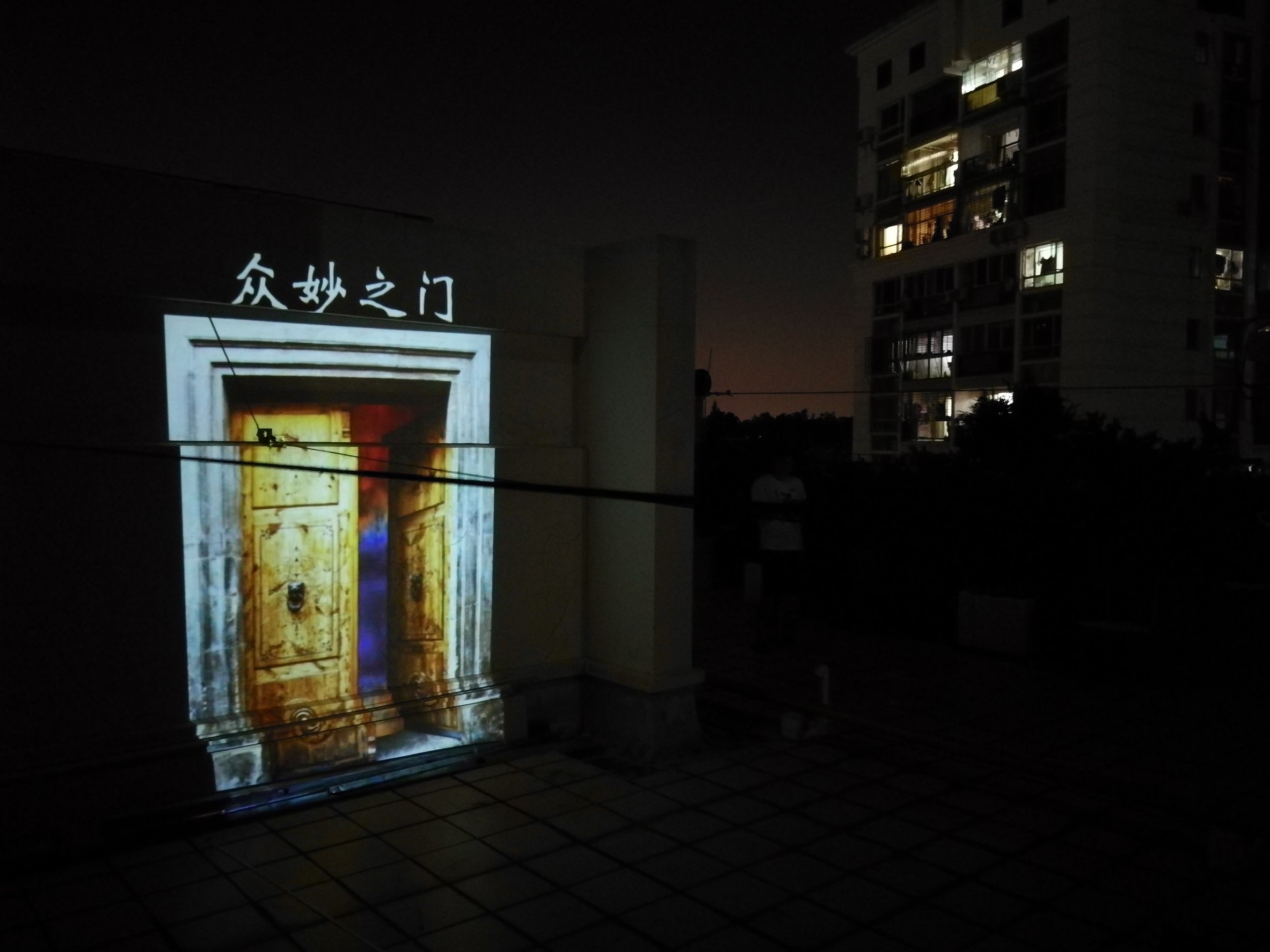When the world speaks of beauty as being beautiful, ugliness is at once defined.
(Walter Gorn Old)
Here we learn that everything is relative – that there are no absolutes. It’s only in describing something as easy that the idea of difficult is created. And we’re told that by recognising this fact, and moving away from our subjective viewpoints, we’re able to employ ‘Non-action’ - the Daoist concept of ‘action without action’ or ‘effortless doing’.
Non-action (wu-wei 无为 in Chinese) is often erroneously understood as passivity. However, its better understood as taking just the right action at just the right time. Stephen Mitchell writes:
A good athlete can enter a state of body-awareness in which the right stroke or the right movement happens by itself, effortlessly, without any interference of the conscious will. This is a paradigm for non-action: the purest and most effective form of action. The game plays the game; the poem writes the poem; we can't tell the dancer from the dance.
Through non-action, we allow things run their course, trusting in the natural processes that govern all things; and thereby moving closer to serenity and ultimately yielding the benefits our striving minds would have had us take miscalculated action to try and achieve.
I was inspired to create this piece in response to verse two when I came across an abandoned painting that had ended up in my apartment building’s waste area. It reminded me immediately of a different translation of the opening lines, which reads:
When all the world recognizes beauty as beauty, this in itself is ugliness.
(John C. H. Wu)
In this reading of the ancient characters, a universal aesthetic standard is condemned, and beauty can be defined not by a common ugliness, but by a myriad of other individual definitions of beauty.
I decided to take action by hanging the painting on the wall of the dump where it was found. In doing so I like to think I’ve subtly re-evaluated its and the dump’s beauty, in some way.
第二章 - 斯恶已
通过第二章,我们能意识到世界上没有绝对、只有相对。人们把某事形容为“容易”的时候,则“难”的概念被产生。此章节告诉我们:意识到这个事实,能够让我们脱出主观的观点,并采取“无为”的行为面对世事。“无为”是道教思想的重要理念,它提倡顺其自然、相信自然规律。
有时候,人们把“无为”误解为一个过分被动、懦弱、不能采取任何行为的概念。但它更加是指随时能够采取最合适的行为来面对事情的一种意识的状态。翻译家史蒂芬·米切尔(Stephen Mitchell)形容“无为”如下:
一位好的运动员可以进入一个每个动作会自动、毫不费力、无需自觉的运动的身体意识状态。这是无为的范式;是最纯粹、最有效的行为。游戏本身玩游戏、诗歌本身写诗歌、我们无法区别舞蹈和舞者。
通过“无为”的状态,我们让事情顺其自然,相信自然的永恒规律,从而更靠近宁静,最后获得我们平时一直在争锋的脑子会使用错误地行为试着得到。
我这次的作品灵感源自于在我的小区的垃圾区里发现的一幅画。看见它,我立即想起第二章开头的另外一个英文翻译:
When all the world recognizes beauty as beauty, this in itself is ugliness.
(当全世界认识美为美,这本身就是恶。)
译:John C. H. Wu
在这个不同的理解中,一个普及的美观标准被声讨。这个理解认为美的定义不是因为恶的定义,而是从不同的个人美的定义。
发现这幅画后,我决定行动。我把它在垃圾区的墙壁上挂起来,于是微妙地重评定了它的美丽和价值。







